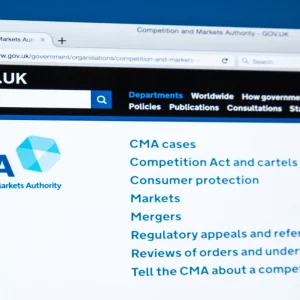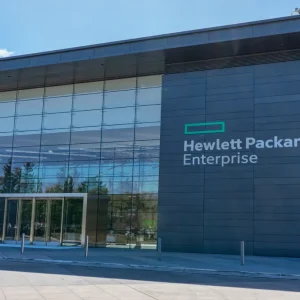Organisations are integrating green and sustainability-related initiatives into their core business operations due to the increasing demand from customers, partners and consumers.
A report by Gartner states that various technologies in data centre, storage and desktops have gone mainstream to reduce energy consumption in idle modes and during a use phase.
In Europe, the Directive 2005/32/EC establishes a framework to set ecodesign requirements for energy-using products.
Extreme low-energy servers, server digital power module management systems and data centre infrastructure management tools will help CIOs and IT leaders who plan energy efficiency in sleep modes, or internal power supply efficiency.
Gartner’s 2015 Hype Cycle for green IT report said that E-Textbooks also have a significant impact on energy efficiency and resource consumption.
CIOs are being forced to develop strategies for optimising the use of information and communication technology due to the operational cost of energy-efficient resources.
Businesses are also considering renewable energy sources as an integral part of a differentiated energy strategy.
According to the report, the process capabilities of energy harvesting, fueling sensors, devices or lights are still in the innovation phase.
The emergence of the Internet of Things (IoT) and wearables will make energy harvesting a key factor for the electrification and constant power supply for the sensors.
Gartner research director Vishal Tripathi said: "Green IT is moving beyond the environmental characteristics of IT equipment, allowing organizations to improve their environmental footprint by using equipment and services that have a low-carbon footprint themselves.
"As a result, the identification of wasteful and inefficient – or worse, environmentally harmful – consumption is becoming essential."






